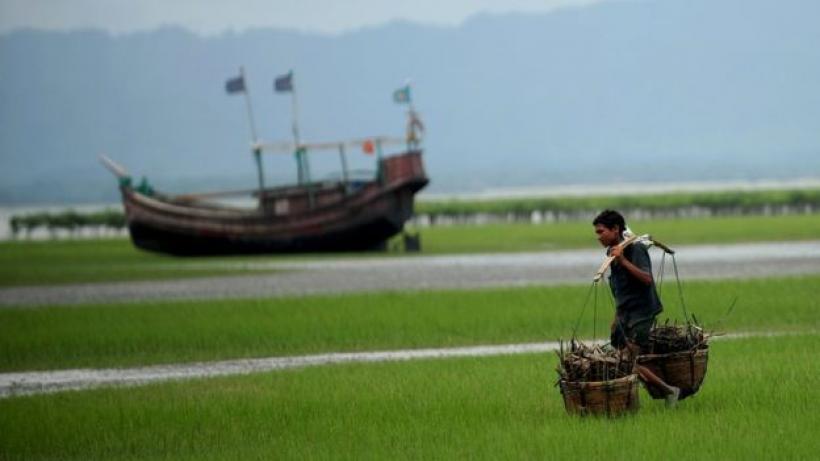
No lean season: Migration to escape seasonal famine
In a pilot randomised experiment, researchers incentivised rural Bangladeshis to migrate temporarily to cities during the annual ‘lean season’– when incomes drop and families go hungry. The families of these seasonal migrants spent significantly more and consumed more calories than families in the control group. The programme was scaled up in Bangladesh to almost 700 villages in 2017 with mixed results.
What is the challenge?
Rural families in agriculture-based economies often experience seasonal hunger and extreme poverty each year during the ‘lean season’ between planting and harvest, when food prices go up and jobs become scarce. In the worst-affected region of Bangladesh, during the annual seasonal famine, incomes decrease by 50-60% and spending on food drops by 10-25%. Migrating temporarily from rural to urban areas for a few months at pre-harvest time could help to mitigate these effects. But people living close to subsistence are often unable to migrate given the costs and the risk that they might not find employment in the city.
Addressing the problem
Between 2008-2011, a randomised experiment tested an innovative strategy to address seasonal poverty in Bangladesh. To encourage temporary migration, the project offered households in 100 villages a subsidy worth 650 Taka (about USD 8.50) – enough to cover the cost of a round-trip bus fare to nearby urban areas that do not experience the same seasonal fluctuations in job opportunities (Bryan et al., 2014, "Underinvestment in a Profitable Technology: The Case of Seasonal Migration in Bangladesh", Econometrica).
Research results
- Increased migration. The migration subsidy increased the migration rate from 34% in control villages to 57% in treatment villages.
- Increased consumption. Migrants’ family members benefitted from increased household spending and a 550-700 increase in calories consumed per person per day — an increase of 30-35%.
- Lasting effects. Based on follow-up surveys one and three years later, households that received a migration subsidy were 8 to 10 percentage points more likely to continue sending out a temporary migrant, even after the subsidy program stopped. This suggests they experienced benefits from migration and built a link to future employment opportunities at the destination.
Impact on policy
With an estimated 300 million rural poor affected by seasonal hunger globally, the solution of seasonal migration has potential to mitigate the negative effects of seasonal famine and improve livelihoods. This potential exists in areas where there are: seasonal fluctuations in consumption and hunger due to agricultural crop cycles, large populations living close to subsistence who cannot afford the costs and risks of migration, and cities in the region with low-skilled, temporary job opportunities.
The migration subsidy programme ‘No Lean Season’ was brought to scale in 2017 by Evidence Action, and international NGO based in the US, and RDRS, an NGO in Bangladesh, to almost 700 villages in 2017. Monitoring of this scale-up revealed mixed results: Evidence Action saw some challenges with implementation and lower-than-expected take-up rates. The programme did not have the intended impact on encouraging migration, with subsequently no increase in income or consumption. Evidence Action is currently adjusting the programme to improve delivery and targeting, with results from a second RCT-at-scale expected in 2019.
- Encouraging seasonal migration to mitigate the consequences of a seasonal famine in rural Bangladesh
Ahmed Mushfiq Mobarak, Shyamal Chowdhury, Gharad Bryan, and Jashim Uddin
- Policy brief: Encouraging seasonal migration to mitigate the consequences of a seasonal famine in rural Bangladesh
Mushfiq Mobarak, Gharad Bryan and Shyamal Chowdhury
- Brief: No lean season: Reducing seasonal poverty
- Academic paper: Underinvestment in a profitable technology - the case of seasonal migration in Bangladesh
Gharad Bryan, Shyamal Chowdhury, and Ahmed Mushfiq Mobarak
- Growth brief: Saving microfinance through innovative lending
Vikas Dimble and Ahmed Mushfiq Mobarak

